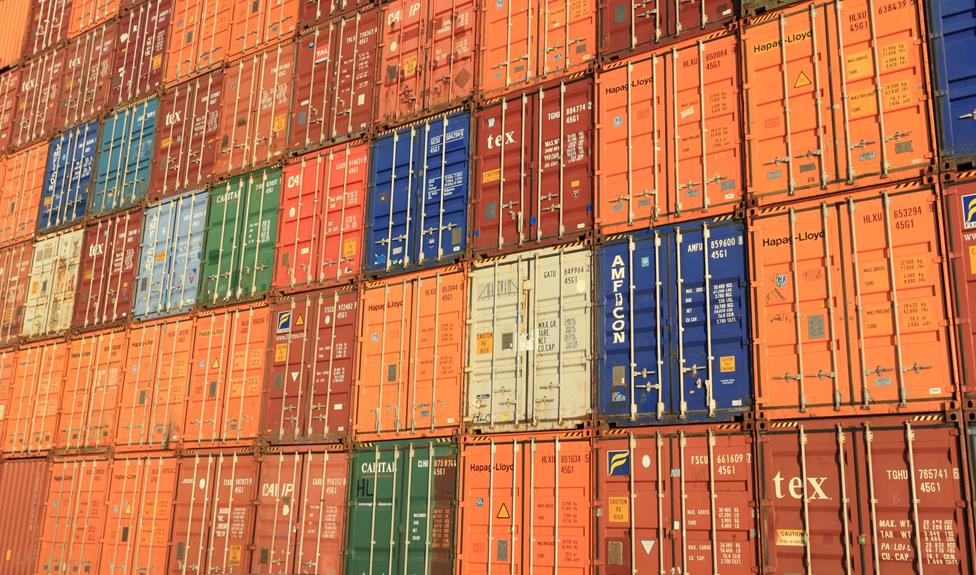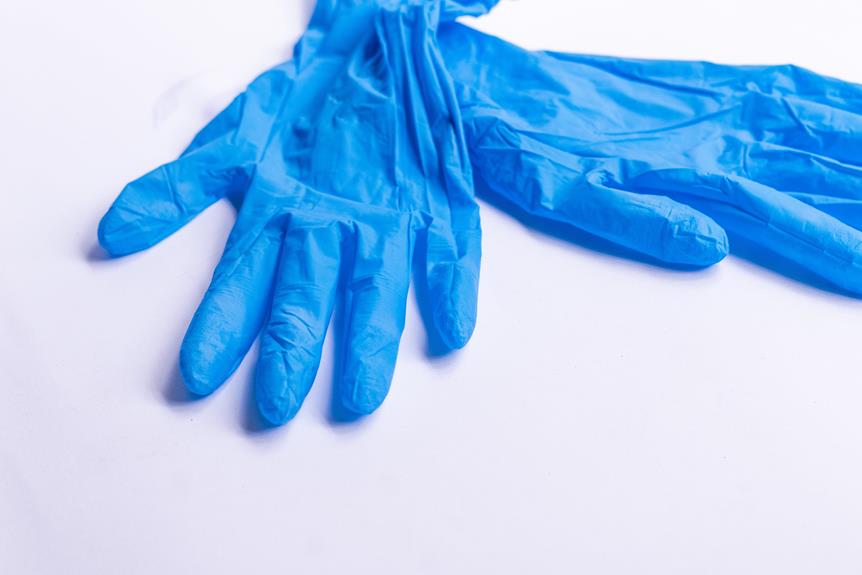As a supply chain professional, I know the secrets to perfect perishable compliance lie in understanding FDA regulations and implementing end-to-end transportation visibility. By ensuring transparency and control throughout the transportation process, we can optimize supply chain management and maintain FDA compliance.
Real-time monitoring and tracking systems help identify bottlenecks, optimize routes, and predict delays, all while guaranteeing the safety and quality of perishable goods.
Join me as we uncover these secrets and revolutionize the way we handle perishable goods.
Understanding Perishable Goods & FDA Compliance
I understand the importance of complying with FDA regulations when it comes to handling perishable goods.
Perishable goods, including pharmaceuticals, pose unique challenges in terms of handling and transportation. The FDA has set regulations to ensure the safety and quality of these goods throughout the supply chain.
Compliance with FDA regulations in the pharmaceutical industry involves meticulous record-keeping, temperature monitoring, and adherence to specific procedures. These regulations are in place to prevent spoilage, contamination, and ensure that consumers receive safe and effective medications.
Non-compliance can have severe consequences, including penalties, recalls, and legal action. Therefore, it’s crucial for companies in the pharmaceutical industry to prioritize FDA compliance and implement robust systems and processes to handle perishable goods effectively.
The Role of End-To-End Transportation Visibility
Continuing the discussion on FDA compliance for perishable goods, end-to-end transportation visibility plays a crucial role in ensuring the safety and quality of these products throughout the supply chain.
Implementing end-to-end transportation visibility offers several benefits for perishable goods. It allows companies to track cargo in real-time, ensuring transparency and control at every stage of transportation. With enhanced visibility, supply chain management for perishable goods can be optimized, routes can be optimized, and potential delays can be predicted.
Furthermore, real-time temperature monitoring is a critical aspect of achieving end-to-end transportation visibility. Challenges in achieving this visibility include collaborating with suppliers and carriers, effective communication, and seamless integration of tracking solutions. Overcoming these challenges is essential to ensuring FDA compliance and the safe transportation of perishable goods.
Importance of Real-Time Temperature Monitoring
Real-time temperature monitoring is essential for achieving end-to-end transportation visibility and ensuring the safety and quality of perishable goods. It provides valuable insights into critical factors like temperature, humidity, and location.
By implementing advanced technologies like data loggers and IoT solutions, companies can monitor temperature conditions in real-time. IoT-based temperature data loggers offer remote access to data, real-time notifications, and easy integration with existing systems. These benefits enable companies to address supply chain problems promptly and make data-driven decisions.
However, implementing real-time temperature monitoring also comes with challenges. Companies need to collaborate effectively with suppliers and carriers to ensure transparent communication and alignment. Seamless integration of tracking solutions into existing processes is crucial for temperature-sensitive shipments.
Overcoming these challenges is crucial for achieving perfect perishable compliance.
Leveraging Temperature Data Loggers for Perishable Goods
One important aspect of achieving perfect perishable compliance is leveraging temperature data loggers for monitoring and preserving the quality of perishable goods. Temperature data loggers play a crucial role in ensuring that perishable goods maintain the required temperature throughout transportation and storage.
Here are the benefits of using IoT-based temperature data loggers for temperature monitoring in the supply chain:
- Real-time monitoring: IoT temperature data loggers provide real-time visibility into temperature conditions, allowing companies to promptly address any deviations and take immediate corrective actions.
- Remote access and notifications: IoT-based temperature data loggers offer remote access to temperature data, enabling companies to monitor their shipments from anywhere and receive real-time notifications in case of temperature fluctuations.
- Integration with existing systems: IoT temperature data loggers can easily integrate with existing systems, providing seamless temperature monitoring and data integration for temperature-sensitive shipments.
Read More:
Revolutionizing Container Shipping: Data Loggers Ensure Freshness
Revolutionary Track & Trace Solutions Protect Pharmaceutical Integrity
Terms And Conditions
Mastering Temperature Data Logging for Optimal Performance
Revolutionary Active Tracking Maximizes Meat Shelf-Life
Implementing End-To-End Transportation Visibility
To implement end-to-end transportation visibility for perfect perishable compliance, I collaborate with suppliers and carriers to ensure transparent communication and alignment.
Effective communication with suppliers is crucial in maintaining compliance throughout the supply chain.
By working closely with carriers, we can establish clear expectations and requirements for transportation, ensuring that perishable goods are handled properly at every stage.
This collaboration allows us to integrate temperature data loggers into our tracking solutions, providing comprehensive monitoring of temperature, location, shock, and tampering data.
By seamlessly integrating these tracking solutions into our existing processes, we can effectively monitor temperature-sensitive shipments and take immediate corrective actions in case of any deviations.
This level of visibility and communication is essential for maintaining the quality and safety of perishable goods throughout the transportation process.



